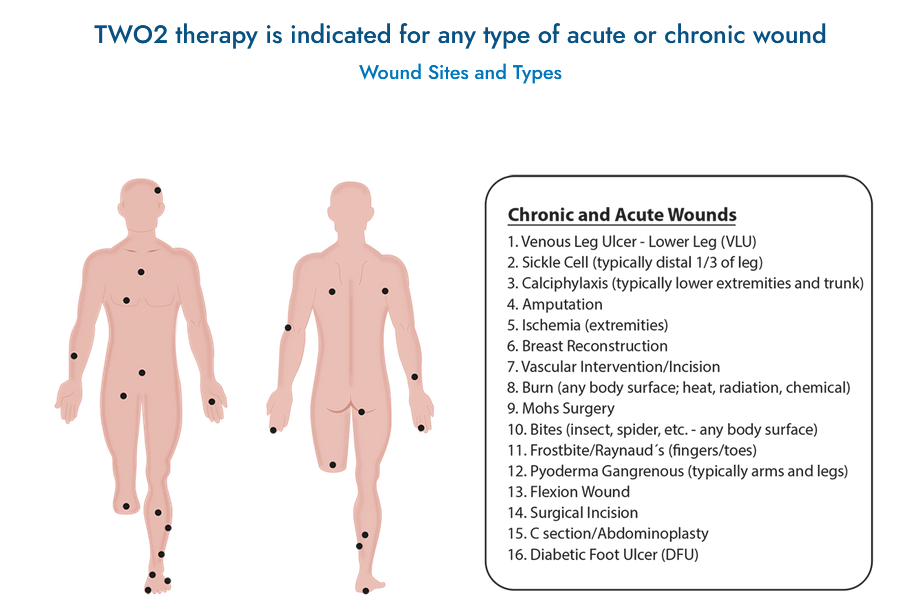Normal
0
false
false
false
EN-US
X-NONE
X-NONE
/* Style Definitions */
table.MsoNormalTable
{mso-style-name:”Table Normal”;
mso-tstyle-rowband-size:0;
mso-tstyle-colband-size:0;
mso-style-noshow:yes;
mso-style-priority:99;
mso-style-qformat:yes;
mso-style-parent:””;
mso-padding-alt:0in 5.4pt 0in 5.4pt;
mso-para-margin-top:0in;
mso-para-margin-right:0in;
mso-para-margin-bottom:10.0pt;
mso-para-margin-left:0in;
line-height:115%;
mso-pagination:widow-orphan;
font-size:11.0pt;
font-family:”Calibri”,”sans-serif”;
mso-ascii-font-family:Calibri;
mso-ascii-theme-font:minor-latin;
mso-hansi-font-family:Calibri;
mso-hansi-theme-font:minor-latin;
mso-bidi-font-family:”Times New Roman”;
mso-bidi-theme-font:minor-bidi;}
Non-healing wounds, often resistant to conventional treatments, pose significant challenges in healthcare, necessitating specialized care and innovative approaches to facilitate healing and prevent complications. Understanding the underlying factors contributing to non-healing wounds is crucial in developing tailored strategies for effective treatment.
Key aspects defining the management of non-healing wounds include:
- Comprehensive Assessment: Thorough evaluation of non-healing wounds, considering factors such as underlying health conditions, tissue viability, infection status, and patient-specific factors, guides treatment planning and identifies barriers to healing.
- Advanced Wound Interventions: Utilization of cutting-edge therapies, including bioengineered tissues, growth factors, hyperbaric oxygen therapy (HBOT), and specialized dressings, plays a pivotal role in promoting healing in non-responsive wounds.
- Optimized Wound Bed Preparation: Effective wound bed preparation, through debridement to remove necrotic tissue, managing infection, and promoting granulation tissue formation, creates a conducive environment for healing.
- Multidisciplinary Collaboration: Collaboration among a diverse healthcare team, comprising wound care specialists, surgeons, infectious disease experts, and nutritionists, ensures a comprehensive approach tailored to the unique needs of each patient.
Managing non-healing wounds demands not only specialized care but also patient education on wound care practices, preventive measures, and adherence to treatment plans. Empowering individuals with knowledge and involvement in their care enhances outcomes.
Investments in research, innovation, and specialized wound care signify a commitment to advancing treatments for non-healing wounds. Ongoing developments aim to enhance therapeutic options, improve healing rates, and alleviate the burden of chronic non healing wound.


